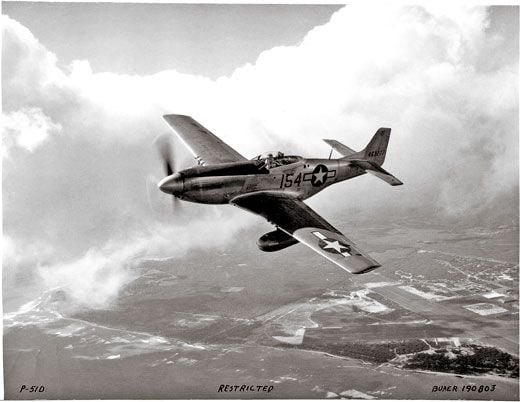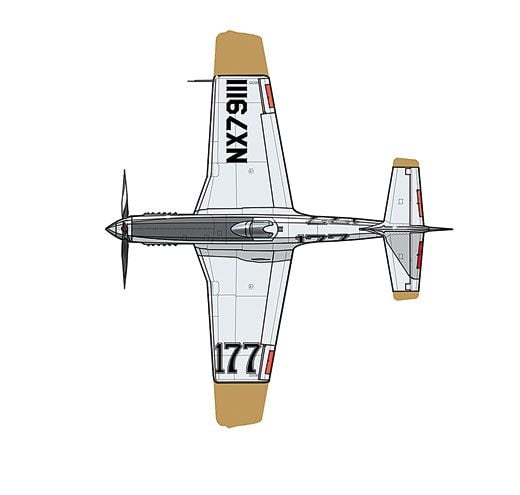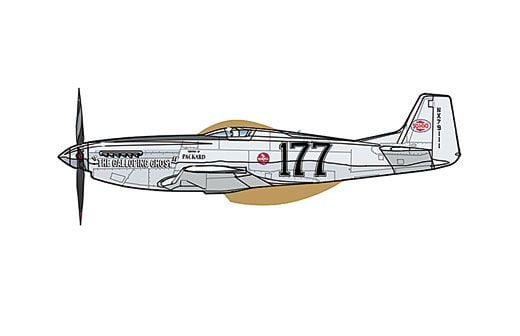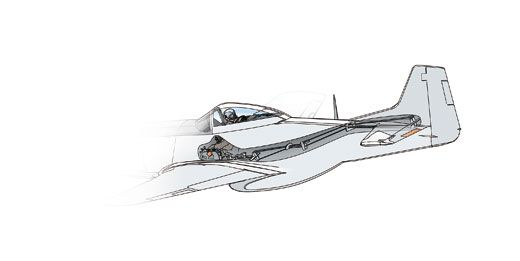How Things Work: Trim Tabs
Small control surfaces make a big difference
/https://tf-cmsv2-smithsonianmag-media.s3.amazonaws.com/filer/Trim-Tabs-631.jpg)
At the 2011 National Championship Air Races in Reno, a P-51D Mustang, Galloping Ghost, crashed in the third lap of the six-lap race, after rounding Pylon 8, killing pilot Jimmy Leeward and 10 others. The National Transportation Safety Board, in its final report last August, said the probable cause of the accident was a compromised level of stiffness in the elevator trim tab, leading to a loss of control.
Trim Tabs
Elevators the horizontal control surfaces on the tail that cause an airplane to climb or descend when the pilot pulls or pushes the yoke or control stick. The pilot’s action is transmitted by a cable or rod that links to a mechanical arm, which moves the elevators. Pulling the stick back deflects the elevators up, which causes the nose to pitch up for a climb (diagram above). Pushing the stick forward deflects the elevators down for descent. Once the airplane is stable, whether in climb, descent, or level flight, the pilot “trims” the aircraft by moving a smaller control surface on the elevator’s trailing edge — the trim tab — in the opposite direction from the elevator itself (diagram at right). This replaces the pressure the pilot must physically exert on the stick to keep the airplane’s attitude stable.
Speed increases the lift the airflow creates on the wing and causes the airplane’s nose to pitch up. The pilot must exert more forward stick pressure to keep the nose level, a requirement that can be relieved by deflecting the elevator trim tabs upward.
Trim System
In the North American P-51D, a trim tab wheel in a console by the pilot’s left knee adjusts the trim tab to stabilize the aircraft in the attitude the pilot desires. In Galloping Ghost, the manual control wheel and hand force were replaced with a toggle switch to activate an electric motor for trim.
The Problem with Trim Tabs
In the 2011 fatal accident, the elevator trim tabs began fluttering due to wear on part of the linkage. With the loss of an effective trim system, the aircraft abruptly pitched up with as much force as 17 Gs, which caused the pilot to black out. (After the pitch up, the trim tab separated from the left elevator.)
In 1998, the P-51 Voodoo Chile also lost its left elevator trim tab, pitching up with a 10-G force that incapacitated the pilot, though he came to in time to land safely. Concerns about rudder, aileron, and elevator trim tabs on the P-51 first appeared in 1945, when the Army Air Forces, citing “failures” and “unsatisfactory” performance, ordered the replacement of “defective” glass-cloth laminate tabs.



